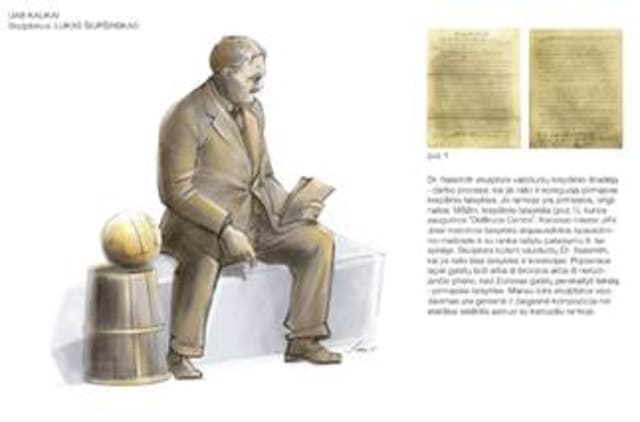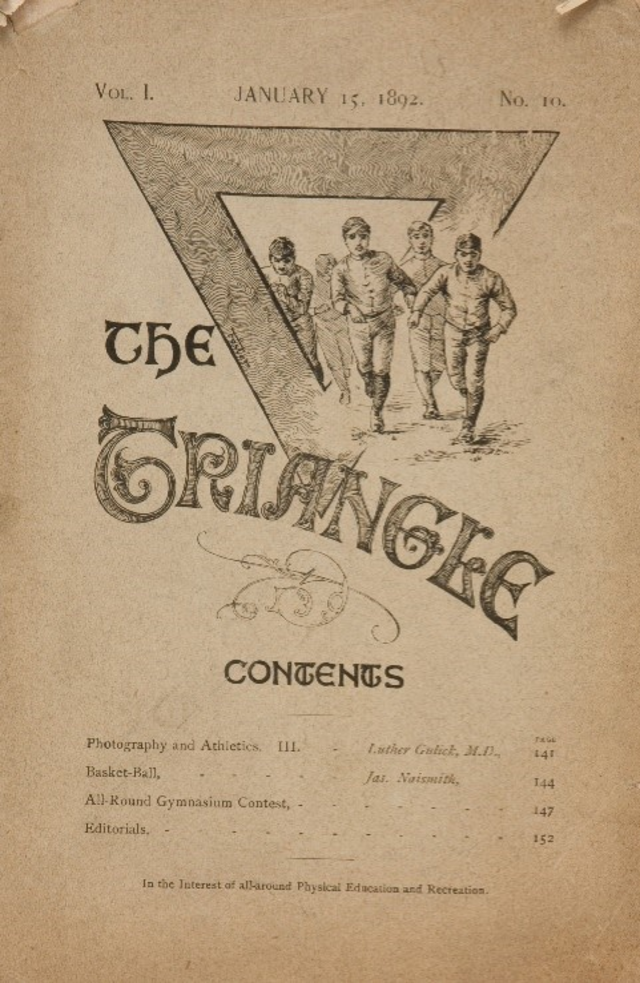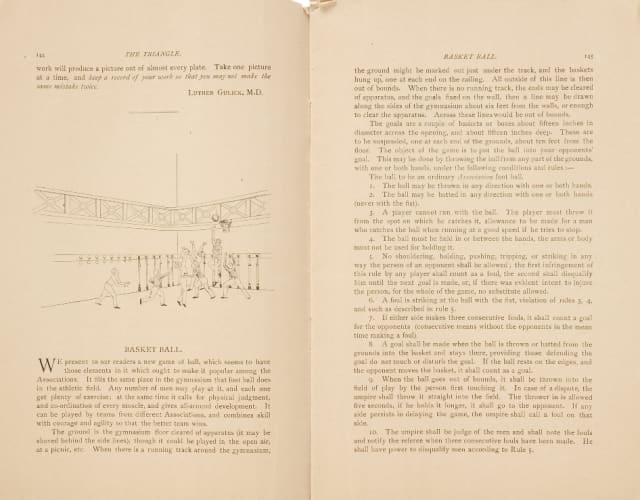Unveiling of Naismith Statue at FIBA Headquarters
MIES (Switzerland) - No name in the sport of basketball is more treasured and revered than James Naismith.
MIES (Switzerland) - No name in the sport of basketball is more treasured and revered than James Naismith.
The man that invented basketball in 1891 created something that is cherished and played around the world. Basketball is a sport with a long and rich history, one that has enriched the lives of many. It has had a seismic, positive and lasting impact on our schools and clubs, on society and culture.
FIBA once again recognized the contribution of Naismith when it unveiled a statue of the great man at its headquarters, the Patrick Baumann House of Basketball in Mies, Switzerland, on 18 June.

The sculptor, Lukas Siupsinskas, is Lithuanian. Anyone that has even the most basic knowledge of Lithuania will know how basketball is viewed in that country.
"This project is very special to me," he said. "In Lithuania, basketball is jokingly called the second religion, which is why it is a great honor and a great challenge for me to contribute to honoring the history of basketball, both in Lithuania and in Europe."
Siupsinskas, member of the council of the Kaunas branch of the Lithuanian Artists’ Association, is a lecturer at the Kaunas faculty of the Vilnius Academy of Arts. He did a lot of research on Naismith.
"It was very important to get to know and analyze Mr. Naismith and the emergence of basketball before starting the project," he said. "Fortunately there are good surviving photographs of Mr. Naismith himself, in which we see not only his characteristic appearance but also his psychological character. It was important for the sculpture to convey his portrait as an educator."
Because the 90th anniversary of FIBA coincided with the centenary of the Lithuanian Basketball Federation, and the fact that the latter was working on the same idea for the opening of the Basketball House in Kaunas, it was decided to make a joint effort.
FIBA did have some guidelines for Siupsinskas.
The statue needed to be one of a younger Naismith, since he was 30 years old when he invented basketball. Naismith had to be smiling and looking forward, thus giving the impression that basketball would be spread around the world, and that it contributes to education by teaching values to young generations.
"Yes, there were some specific requirements from both FIBA and the Lithuanian Basketball Federation covering what this sculpture should look like," he said. "However, this did not restrict creativity and self-expression and I was pretty surprised at how quickly and operative we found a mutual agreement and confirmed the sketch and idea of the sculpture remotely."
Other elements the statue needed to have were a peach basket, a ball and the first 13 rules of the game.
The sculpture, which is made of bronze, together with all the details, weighs about 200 kg.
As the figure is depicted sitting, part of the weight is on the concrete bench, part on the ground. Naismith is depicted a little bigger than he was in reality, but this is so because a dark-colored bronze object always looks smaller. The height of the sculpture is 160cm. Had Naismith been standing, it would be 200cm.
As for the care of sculpture, a classic black patina is used so there will be no problems. It will be enough to wipe off the dust. The basketball will be almost certainly be polished and will always, as Siupsinskas says, "shine from people's touches."
In addition to the unveiling, which coincided with FIBA's 90th anniversary, was held a dinner at which three generations of Naismiths were special guests.
Jim Naismith, the grandson of James Naismith stated "My grandfather would love this sculpture but most of all he would love to be surrounded my so many children playing, that is why he made the game.".
Naismith in 1936 was named as Honorary President of FIBA, 45 years after he invented basketball. The Berlin Games were staged that year and it was the first time basketball was played at the Olympics.
The story of how basketball came to be is one of legend. Naismith was a physical education teacher at Springfield College in Massachusetts in 1891 when director of the school, Dr. Luther Gulick, gave him the task of creating an indoor game that would keep students busy during the cold winter months.
Naismith came up with a doozie.
While designing his new game, he had tried to reduce body contact by making the goal tricky to guard. Rather than having it on the ground, he made sure the goals were suspended above the players' heads, as it had been in his favorite childhood game 'The duck on a rock'.
On December 21, 1891, Naismith nailed peach baskets to the lower rail of a balcony, posted a typed list of 13 rules on a bulletin board and selected two men to be captains of teams. What was then played was was the first ever game of basketball.
On January 15, 1892, the basketball rules were published in the Springfield College school newspaper, "The Triangle".


The sport spread rapidly with intercollegiate competitions. By the time it was introduced at the Olympics in 1936, the game was already being played in 170 countries.
After leaving the YMCA in Springfield, Naismith moved to Denver, Colorado, to obtain his medical degree in 1898.
He then founded a basketball program at the University of Kansas, where he initiated a long lineage of prestigious basketball coaches.
After teaching in Kansas, during almost four decades, he died in 1939, in his home at the age of 78.
At the end of 2020 and with plans being made to celebrate FIBA's 90th birthday, the idea was born to have a sculpture as a tribute to Naismith.
The plan was to have it set next to the 3x3 court at the main entrance of FIBA's headquarters.
A selection of four internationally recognized artists with experience in sports sculptures was made and each was invited to make proposals. Siupsinskas was ultimately awarded the project.
"Other orders related to basketball have had to be made in the past year," Siupsinskas said, "but that kind of important work, covering a very important part of the history of basketball, I never made before."
The event coincided with the eighth edition of the FIBA Open, which celebrated the 90th birthday of basketball's world governing body. The FIBA Open is the biggest 3x3 grassroots tournament in Switzerland and one of the biggest in the world with a record 296 teams taking part.
FIBA